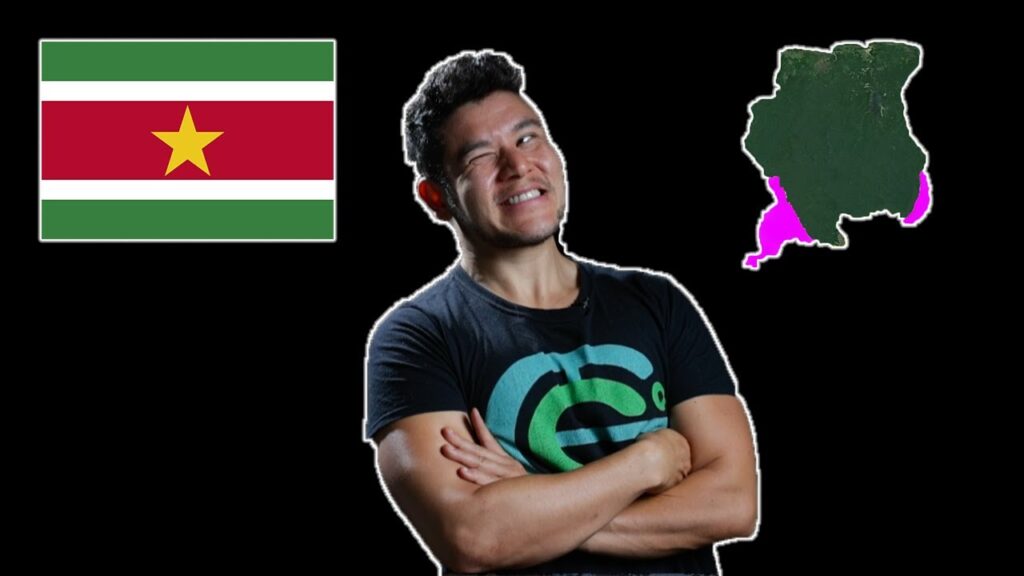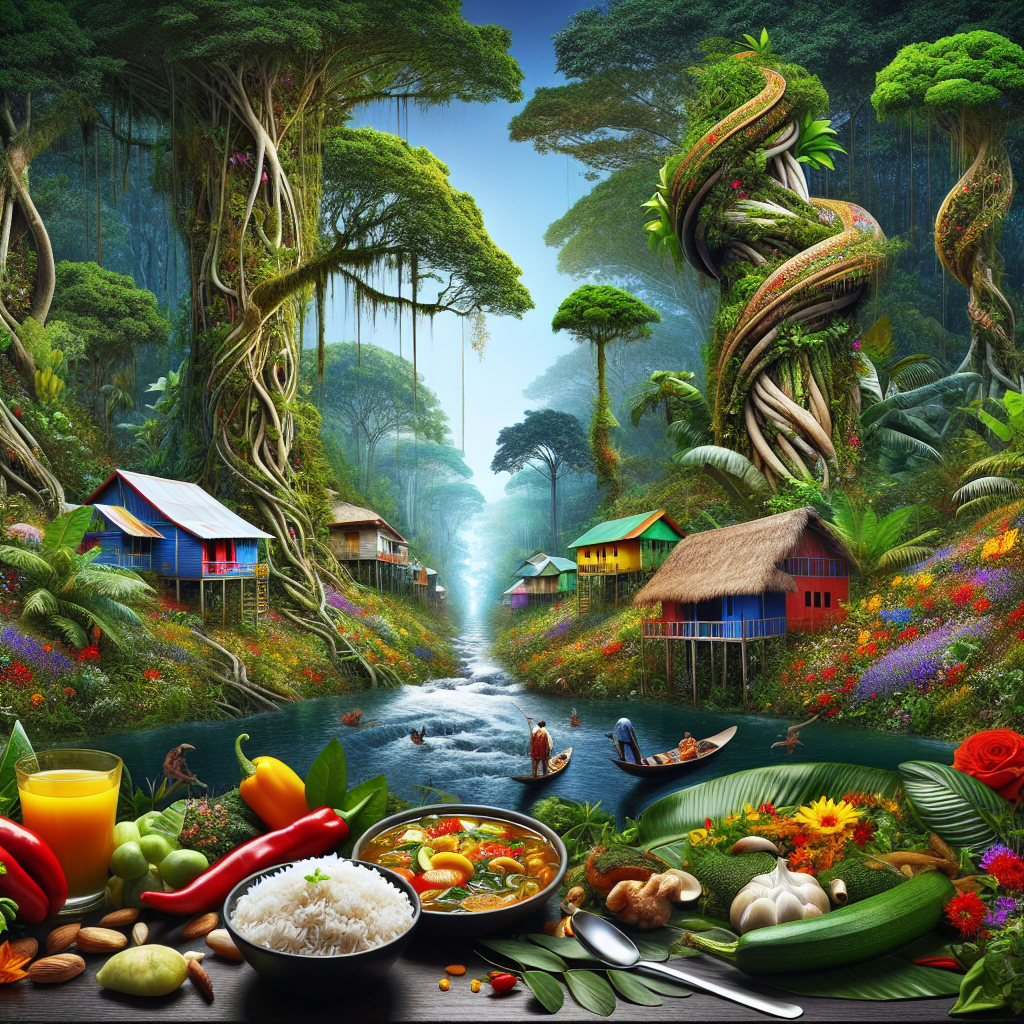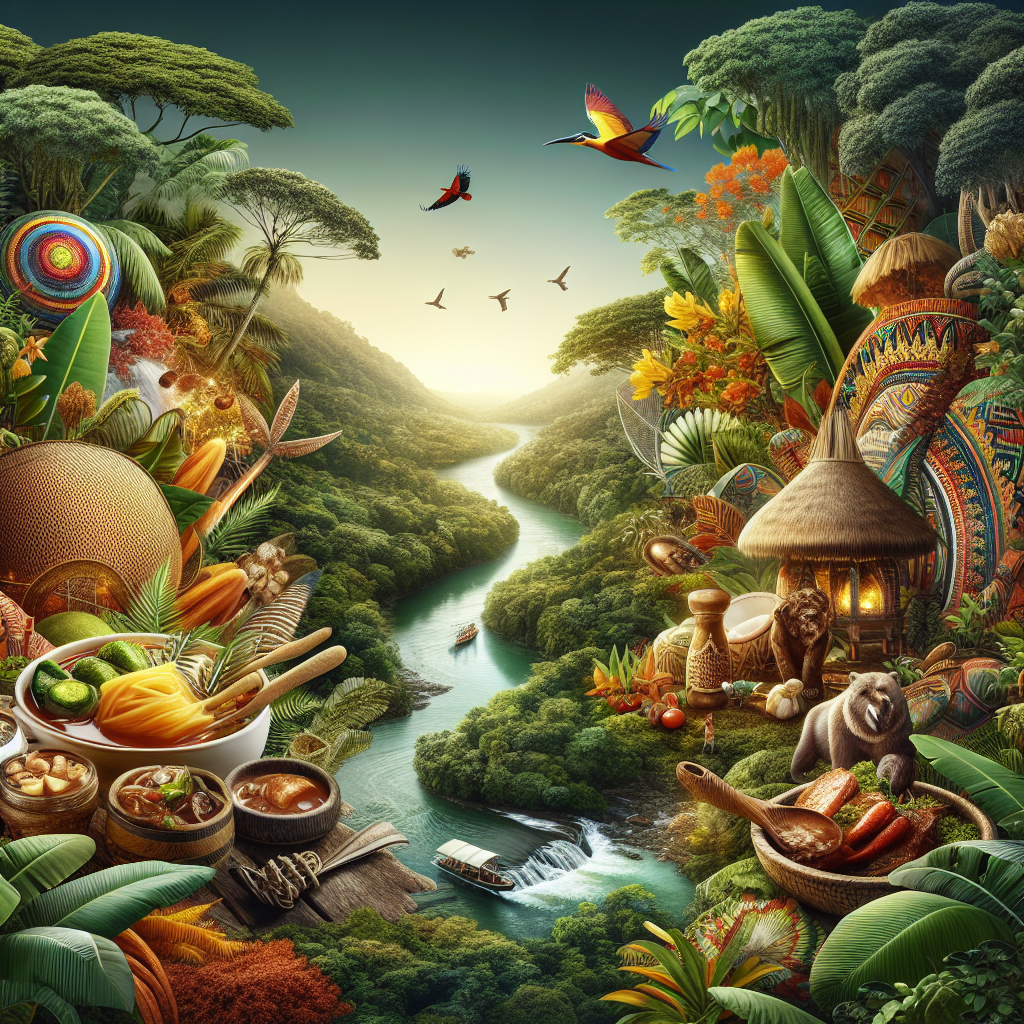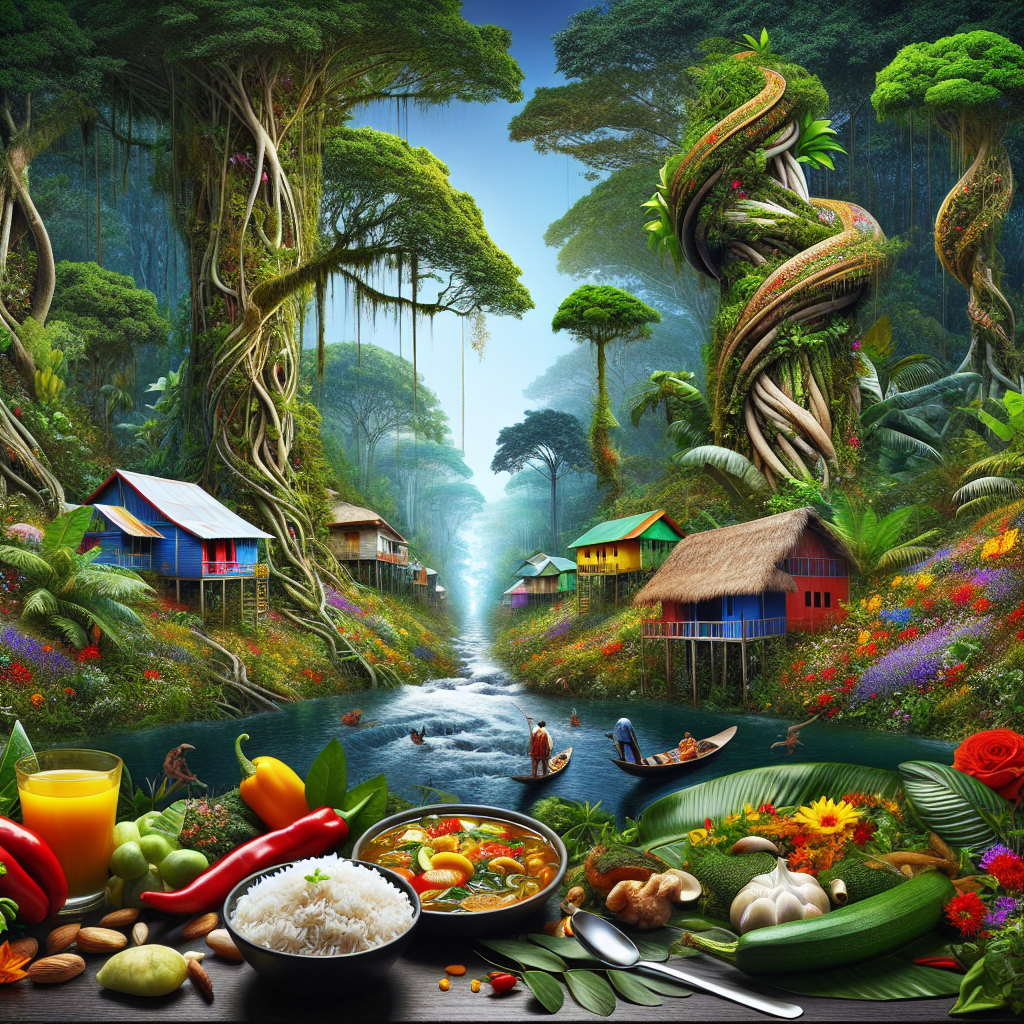Alright, Suriname! This South American gem is nestled in the Guiana region, bordered by Guyana, Brazil, and French Guiana, with the Atlantic Ocean to the north. With 10 districts spreading across the country, the majority of Suriname’s population resides along the coast, where the vibrant capital city of Paramaribo can also be found. Suriname is renowned for its diverse population, influenced by Asia, Africa, and Europe, resulting in a unique blend of cultures. Dutch is the official language, but Sranantongo, an English-based creole, is widely spoken. Suriname boasts a rich natural environment, with breathtaking mountains, winding rivers, and the impressive Brokopondo reservoir. It’s one of the most forested countries in the world, making it a dream destination for nature enthusiasts. There’s so much more to discover in Suriname, including historical sites, national parks, and stunning waterfalls. Join us on this journey as we unravel the wonders of Suriname!
Moving forward, Suriname’s transportation mainly relies on rivers and boats due to limited road access. But fear not, as the country houses over 50 regional airports and airstrips, making traveling within Suriname a breeze. Suriname’s natural beauty extends beyond its landscapes, as the country is home to a diverse range of wildlife, from mammals to birds, ensuring that every nature lover will be captivated. Cultural traditions play a significant role in Surinamese society, influenced by the Caribbean, resulting in vibrant festivals and mouthwatering cuisines. With a population consisting of Afro-Surinamese, Maroons, Creoles, Indo-Surinamese, Javanese, and indigenous communities, Suriname celebrates and cherishes its rich diversity. Suriname’s ties stretch beyond its borders, maintaining strong connections with the Netherlands, Switzerland, Liechtenstein, France, and other Caribbean nations. The country’s music scene is diverse, with genres like Kowina, Kaseko, and Kabola flourishing among various ethnicities. Suriname is truly a country that holds on tight to its African, Asian, and indigenous heritage, inviting you to explore this captivating land.
Best Deals to Surinam by BOOKING.COM
Geography of Suriname
Suriname is located in South America and is part of the Guiana region. It is bordered by Guyana, Brazil, and French Guiana, with the Atlantic Ocean to the north. The country is divided into 10 districts, with most of the population concentrated along the coast. The capital of Suriname is Paramaribo, which is also the largest city.
Disputed Areas
Suriname has two disputed areas with Guyana and French Guiana. The disputed area with Guyana is located at the headwaters of the Quarantine River to the west, while the disputed area with French Guiana lies on the headwaters of the Litani River to the east. These disputed areas have been a source of tension between the countries.

FIND YOUR BEST HOTEL IN SURINAM WITH BOOKING.COM
Population and Language
Suriname has a diverse population with influences from Asia, Africa, and Europe. The majority of the population speaks Dutch, as Suriname was formerly a Dutch colony. The country is known for its multiculturalism and has a large population of Hindus. Suriname also has a significant population of indigenous communities.
Transportation and Infrastructure
Suriname has limited road access, with most transportation being done through rivers and boats. The country has over 50 regional airports and airstrips, making air travel an important means of transportation. The major airport is Johan Adolf Pengel International Airport, located in Paramaribo.

Natural Environment
Suriname has a rich natural environment, with mountains and rivers throughout the country. The Brokopondo Reservoir is the largest inland body of water in the country and was created by the Afobaka Dam. Suriname is considered one of the most forested countries in the world and is known for its biodiversity.
Tourist Attractions
Suriname offers a range of tourist attractions for nature enthusiasts. The historical inner city of Paramaribo is a UNESCO World Heritage Site and showcases colonial architecture. National parks, such as the Brownsberg Nature Park and Central Suriname Nature Reserve, offer opportunities for hiking and exploration. Suriname is also home to several beautiful waterfalls, including Raleighvallen and Wonotobo Falls.

Sipaliwini Savannah Nature Reserve
The Sipaliwini Savannah Nature Reserve is a unique arid grassy hill domain located in the south of Suriname. This area stands in stark contrast to the lush forests found in other parts of the country. The reserve offers opportunities for birdwatching and exploring the savannah landscape.
Economy
Suriname has a small percentage of arable land and focuses on mineral extraction. The country is rich in mineral resources, particularly bauxite, gold, and oil. Suriname is one of the largest producers of bauxite in the world. The mining industry plays a significant role in the country’s economy.
Wildlife
Suriname has a diverse range of wildlife, with hundreds of species of mammals, reptiles, amphibians, and birds. The country is home to jaguars, capybaras, caimans, and various species of monkeys. Suriname’s rivers are also rich in fish species, making it a popular destination for anglers.
Conclusion
Suriname is a country that offers a unique blend of African, Asian, and indigenous heritage. Its diverse population, rich natural environment, and vibrant culture make it a fascinating destination to explore. Whether you’re interested in history, nature, or adventure, Suriname has something to offer for everyone.
